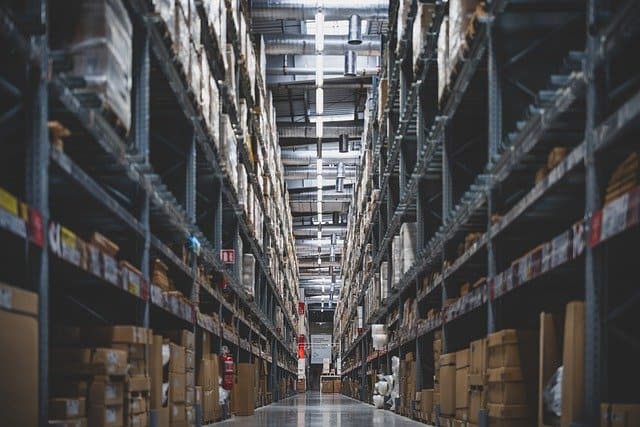Contrary to popular belief that automation of systems may soon replace the need for humans and take away jobs, their integration of these systems will improve the lives of people working there. Automation has brought about a revolution in the workforce as stressful and repetitive functions have been delegated to robots and these systems. This allows the workers to focus more on value-added activities. Automation is changing how manufacturers, distributors, and warehouse operators conduct businesses. Warehouse material handling has never been so easy and efficient today through these amazing advancements in technology. Examples of such automation include;
Robotics
Many robotic autonomous forklifts work in various warehouses and distribution centers. This amazing technology has reduced labor costs and optimized workflow for many companies. As technology continues to evolve, return on investment ROI has never been more favorable.
Cobotics
These are robots that work alongside human counterparts. A combination of important capabilities such as precision, speed, and repeatability with human-specific skills like analysis and decision making is called cobotics.
Automated picking systems
One of the most time-consuming activities in a warehouse is picking. It requires a lot of manpower especially moving from one aisle to another and from product to product. This eats up employee’s production time. Many warehouses have introduced picker robots into their workforce. The robot picks and brings a product to be delivered to a human employee.
AGVs/AMRs
Automated guided vehicles (AVGs) and Automated mobile robots (AMRs) provide new efficiencies for many warehouse operations. They are available in various sizes, designs, and abilities. They support warehouse or manufacturing systems. Examples of these automated machines are; floor cleaners, pallet movers, bucket elevator, etc.
There are many innovations that have greatly improved warehouse material handling. It is best not to view these changes and technological advancement as a replacement for human labor but rather see them as a form that intends to improve work efficiency and ensure hard and repetitive tasks are taken away from human hands. This is to allow humans to focus on more productive activities in an organization.

